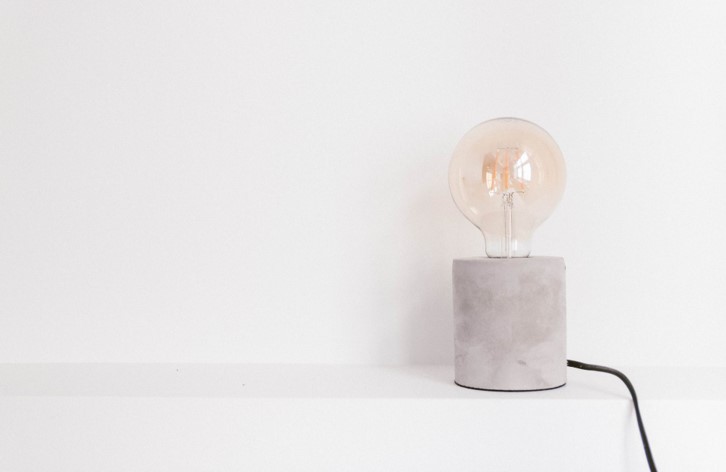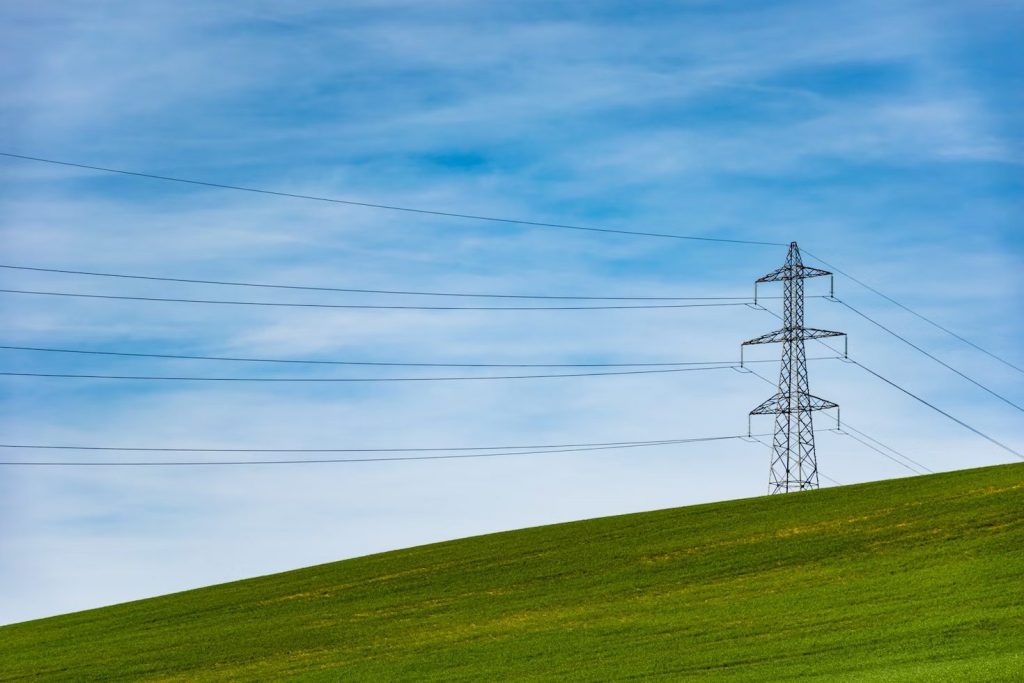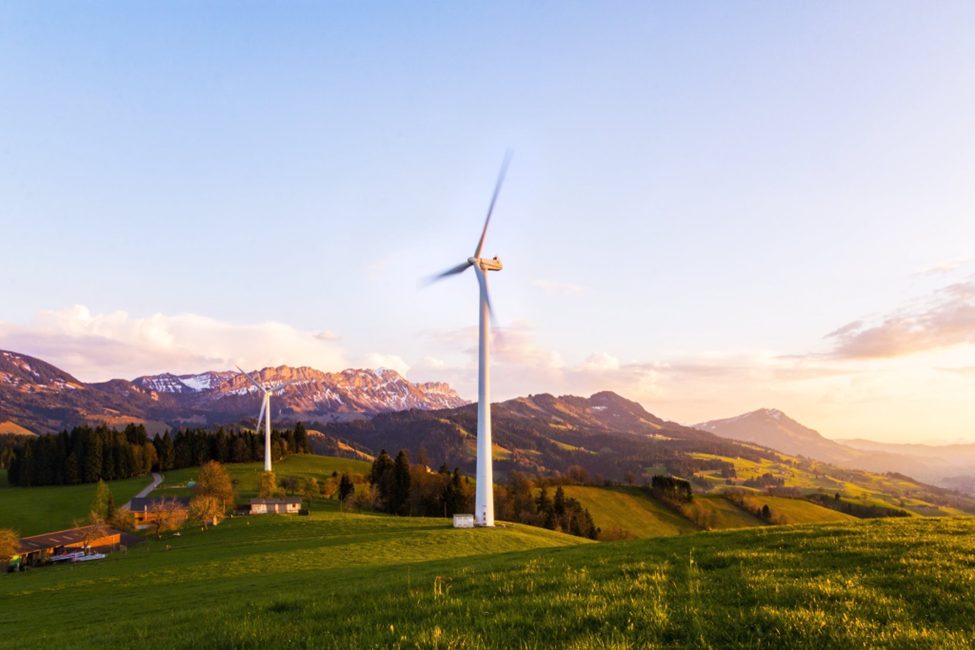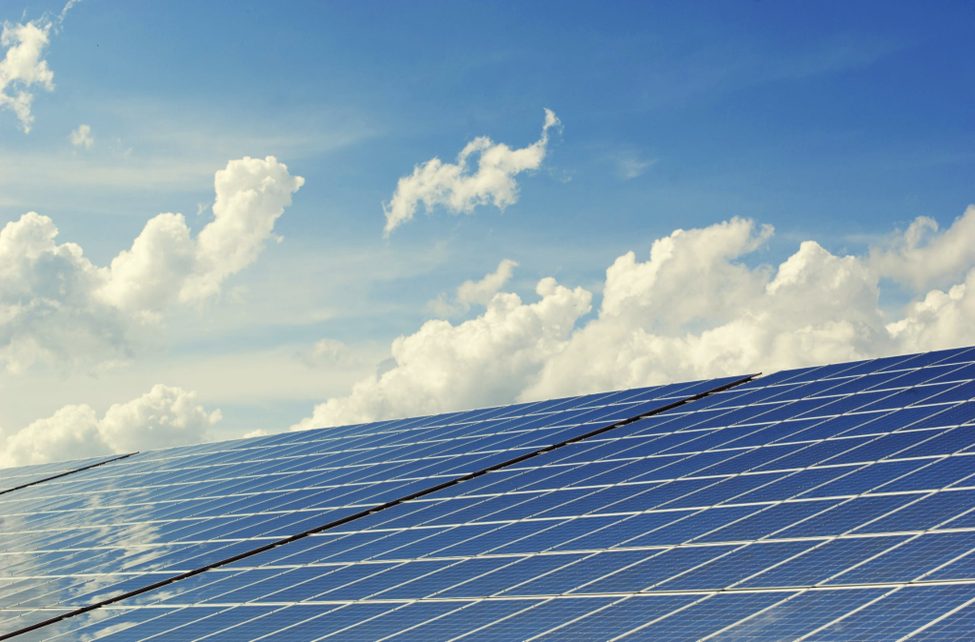Norwegian Energy – Finding Billig Strøm & Electric Companies In Norway
7 Mins Read
Published on: 29 August 2023
Last Updated on: 16 September 2024

toc impalement
Norway relies heavily on hydropower as the primary source of Energy generation, with hydro plants responding quickly to fluctuating demands compared to other major generator technologies. Unfortunately, however, their reservoir water levels depend heavily on climate conditions, which affect production over different seasons and years.
Norway typically serves as a net electricity exporter. But during periods of high consumption (typically winter), Norway must import from nearby countries via cables – leading many people to protest the rising costs by “cutting the cables.” This phrase has become a rallying cry against price rises.
A Brief Introduction To Norway’s Energy System
The power market is an integral component of Norway’s electricity system. According to sources linked on this website – bestestrøm.no, it serves long-term investment signals and short-term balancing needs by responding to price signals in the day ahead, intraday, and balancing markets. Consumers can take part in energy conservation by reacting quickly to price signals in the day ahead, intraday, and balancing markets.
Renewable sources like wind, solar, geothermal, and modern biomass now account for an increasingly larger share of Norway’s electricity needs compared to reliance on efficiency measures alone. Each year this number increases.
Renewables account for an impressive share of national electricity output; however, their contribution cannot meet all of the country’s total energy demands. Therefore, greater effort must be exerted in other areas, particularly transport and industry.
Norway is well known for being environmentally conscious and a safe place to live; however, more can be done when it comes to emissions reduction from industrial processes and buildings.
Norway produces most of its electricity through renewable sources like hydropower, wind energy, solar panels, and geothermal heat pumps. Over the past decade alone, this share of renewables in national electricity output has increased from around one-fifth to over one-quarter. Not only that, but Norway boasts some of the lowest electricity prices and an efficient infrastructure that harnesses and transmits energy, which makes the country an invaluable ally when it comes to meeting climate goals.
Norwegians receive two distinct electric bills that may be difficult to understand. Their electricity provider bills them separately from a grid company that handles the transmission of power. The following list is a list of the best (and cheapest) power companies or related institutions available.
1. Nordic Green Energy

Nordic Green Energy strives to offer customers electricity that supports the planet rather than harms it, in an effort to reduce carbon emissions through solutions that improve urban sustainability. A recent project demonstrated how scaling up 14 Nordic solutions could save Nordic cities an estimated total of EUR460 Million Euros.
The company also tries to reduce the power usage of their customers, helping to cut their carbon footprint significantly. They offer products to help businesses lower power costs as well as make office spaces more power-efficient and environmentally friendly.
Green Energy Fund, like SEB Nordic, invests exclusively in infrastructure assets that are made up of renewable energy, either new construction or upgrading existing facilities for increased energy production and efficiency. As a dark green Article 9 investment fund that incorporates ESG matters as part of its investment strategy, this fund supports companies working to address global climate challenges.
Key Attributes:
As I said above, Nordic Green Energy is trying to reduce the energy usage of their customers, helping to cut their carbon footprint significantly. They offer products to help businesses lower energy costs as well as make office spaces more energy-efficient and environmentally friendly.
The Fund’s investments focus mainly on geothermal energy solutions, wind energy, hydropower plants, and solar power, as well as Combined/cogeneration Heat and Power projects. This provides Nordic and German institutional investors with an investment horizon of 15+ years with access to this investment fund.
Overall, Green Energy Funds dedicated to Nordic Green Energy and SEB are both working to make a positive impact on the environment by reducing carbon emissions and investing in renewable energy. They are a great option for people new to the country or perhaps just moving across Norway.
2. Oomi Energia

The electricity market is an intensely competitive arena, and multiple companies vie for your business. Consumers must remain vigilant in order to compare prices and select a supplier suited to their individual circumstances. Beyond prices alone, it is also crucial that they understand each provider’s terms of service in order to select an affordable rate and flexible contract terms that best suit them.
Electricity companies provide an assortment of products and services ranging from basic meters to renewable energy sources, offering discounts, specials, and customer service representatives dedicated to answering questions about them, installation services, and maintenance work – making these providers worth looking into if you want to lower your electricity bill costs.
What Sets It Apart From Its Competitors?
Recently, Finland – for instance – has witnessed an upsurge in renewable energy usage. Companies are now opting for green power – however, this might not always be reliable for consumers. Therefore, it would be prudent to find a local provider using renewables that also provides guarantees regarding origin.
Oomi Energia, the new electricity sales company established on April 1st, 2020, began operations by taking over electricity contracts previously held with Vantaan Energia, Lahti Energia, Pori Energia, Oulun Seudun Sähkö and Oulun Sähkönmyynti Oy customers – with one common aim – to strengthen the competitiveness of product portfolios and services offered.
Both companies are based in Helsinki and offer products and services such as electricity, gas, heat, solar power, and electric car charging stations. Their top priorities are environmental sustainability and they work to reduce carbon footprint for customers by investing in innovative technologies such as e-cars and solar panels.
When selecting an electricity company, be sure to evaluate its customer satisfaction ratings. These will give an indication of their customer service quality and reliability; additionally, you can easily check online reviews about them.
3. Statnett

Statnett is a state-owned enterprise responsible for operating Norway’s main power grid and regional and local networks, including regional networks. As part of this mission, they own and operate approximately 11,000 km of high voltage lines as well as 150 stations – along with operating main interconnectors to Sweden and Denmark.
Statnett serves as a Transmission System Operator (TSO), responsible for frequency regulation, maintaining instantaneous balance within the power supply system, developing market-based solutions that promote efficient development and usage, dealing with congestion issues, and facilitating international trade in power supplies.
Statnett offers services for transmission owners and consumers such as planning/scheduling power production/consumption, setting up/operating electricity markets, as well as international power trade facilitation.
What Makes It Apart?
The company mainly deals in alternative places from thick to siphon electricity. The key electricity source of Norway was hydropower up until 2022, which accounted for almost 88%. On the other hand, the energy production was somewhere around 10%. Additionally, the firm boasts around 17 plants with hydroelectricity having an aggregated capacity of more than 128 Terawatts. Most of them range in size from 1-10 megawatts, the largest being a capacity of 30 Megawatts.
Statnett monitors the instantaneous balance of its electricity system and takes measures as necessary to correct imbalances; in doing so, the company ensures that its operations remain stable.
For any power crisis, energy companies have emergency plans and regulations in place for rationing. Rationing would only be implemented under extraordinary circumstances with approval from the Prime Minister.
Statnett is working to improve its connection to Finland. The existing 220kV line has limited capacity and control issues; therefore, a back-to-back HVDC line would reduce load and increase capacity on this existing route.
Statnett and GE have come together to upgrade the Rod and Verdal substations – two of the country’s largest substation renovation projects. By using GE’s g3 product to increase reliability and efficiency, Statnett will experience cost savings as well as lower emissions, resulting in over a million tons of CO2 equivalent emissions avoided annually by installing these upgrades g3. In total, 21 European utilities are reaping these savings annually through the deployment of g3.
4. Enova
Enova is a state-owned enterprise that strives to promote environmentally friendly energy production, assist people with efficient energy consumption, support innovation that reduces greenhouse gas emissions, and strengthen the security of supply.
The enterprise operates as part of the Ministry of Climate and Environment in Norway with an operating agreement covering four years that sets goals and performance targets; funding sources come mainly from these ministries as well as from Enova itself – providing Enova with predictable and stable sources of funds that enable its work.
What Sets It Apart From Its Competitors?
Further, it supports research and development for new technology projects beyond energy projects, offering funding to establish pilot projects, full-scale demonstration projects, or any activities related to energy or climate technology.
Competition-based funding must prove its ability to scale up into real economies; Enova particularly prioritizes applications from those that reduce greenhouse gas emissions but will consider applications for technology that makes fossil-fuel combustion more efficient as well.
Hydrogen Hub Rorvik received Enova’s support to establish production facilities for green hydrogen for ship propulsion. The facility will produce up to 150 tons of compressed hydrogen each day and serve various vessels. Another project, Hydrogen Hub Central Norway, focused on expanding the hydrogen market across central and north Norway.
The company has also supported the production of hydrogen fuel cells for vehicles. Fuel cells convert chemical energy to electrical power that can then power motors and systems within vehicles – thus cutting emissions, improving air quality, and decreasing oil use, an important non-renewable resource.
Enova is currently undertaking projects that use electricity from the grid to supply ships with energy, which will cut emissions from shipping while helping the maritime industry. This solution provides not only a reduction in emissions but also job creation and value creation in local economies while simultaneously helping Norway meet its 2050 climate goals.
Wrap Up
Norway stands as an international model of power efficiency, with electricity consumption roughly one-half the EU average and Enova providing significant financial support for power efficiency projects aimed at both businesses and households.
Have A look :-


















Comments Are Closed For This Article